Redwoods do fine in Southern California, right? Researchers at UC Irvine are not totally convinced.
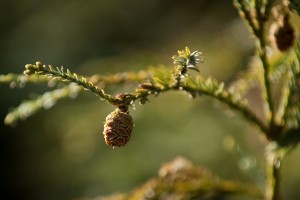
In the 1980’s a scientist by the name of Ernest Ball cloned coast redwood giants from Northern California and reared test-tube redwoods. Many of these trees were planted on the UC Irvine campus, and rumor has it that these trees are looking rather shabby, reminiscent of the Charlie Brown Christmas tree. These redwoods are watered regularly, so why aren’t they thriving?
Researcher Elizaveta Litvak from UC Irvine recently studied these SoCal redwoods and found that they are using less water than many other trees planted in the area. It appears these trees are partially closing their leaf pores (called stomata) in response to the dry environment. As these pores close to conserve water, less carbon dioxide from the atmosphere gets into the leaves, and these redwoods may not be able to make enough sugar through photosynthesis to feed themselves. Starving because of drought is a phenomenon that has been found before in other plants from other places, so maybe this is affecting Southern California redwoods too.
We need to study more redwoods in other climates so we can understand in which conditions they can survive, and in which conditions they just can’t! Learn more about redwoods and climate change and help us track redwoods in various climates around the world.

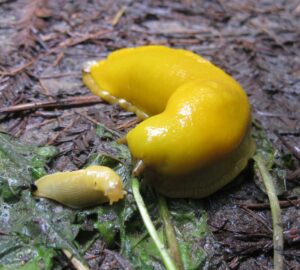
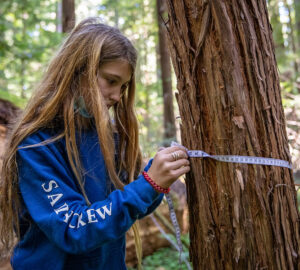
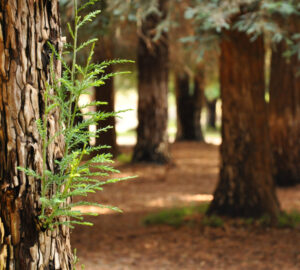

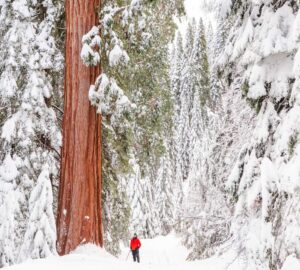
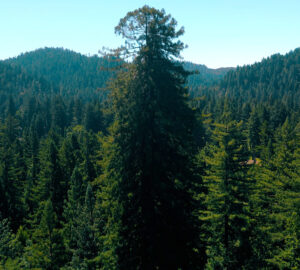
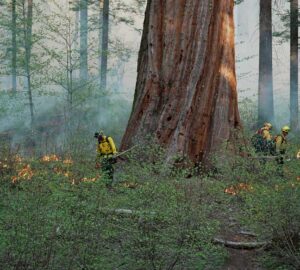

8 Responses to “Can redwoods thrive in Southern California climate?”
Garrett
Hello! have 6 25 year old coast redwoods on the hillside of my backyard here in Thousand Oaks in Southern California. 4 of them are not doing well with foliage that browns and flakes off every summer and the canopies are pretty thin at this point. But, there is still new growth that comes in each spring, so I’m wondering if there’s a way to save them through artificial foggers placed throughout the tree canopy. This is purely a theory that I don’t know if I’d put to the test since we’re in a drought, but curious nonetheless. Do you think foggers would help to keep stomata open and help these trees come back through increased photosynthesis? Curious for your thoughts and ideas.
John Nielsen
Redwoods in my home town of Redlands (Inland Southern CA) do very well despite the heat. I have noticed that they fall prey to spider mites and without rain, the populations build up very quickly and cause damage visible in older growth foliage. Collect mites by tapping a branch over a white sheet of paper to determine if you have mites. They will show up as very tiny specs and when smeared a yellow or orange stripe is visible. Also, the trees are not drought tolerant and prefer somewhat moist soils to look their best. It is best to leave some foliage at the base of the tree as that foliage helps to stimulate feeder roots.
Fred M. Cain
Actually, the last time I was in California for a funeral about a year and a half ago, I saw quite a few Sequoia sempervirens growing in Bakersfield. Many were planted in boulevard medians – those did not look too healthy. But I saw some that were planted in an office park with plenty of grass around them and regular watering which looked quite healthy.
So if they can live in Bakersfield, I’m sure they could live in the L.A. area or San Diego. In fact, I thought I remembered some from my childhood growing at the San Diego Zoo. It would be nice to confirm that.
Regards
Fred M. Cain
Gabriel Pettinicchio
It is mentioned in the article, that the redwoods were watered regularly, but being victimized by the drought Can someone explain this seemingly contradictory statement?.
Thank you.
Save the Redwoods League
Hi Gabriel,
Thank you so much for the question and for your interest in redwoods! Coast redwoods are adapted to the moist and foggy coast of northern California. Because the moisture in both air and ground is abundant, the redwoods keep the pores of their leaves, called stomata, open to let in more carbon dioxide, which they need to create sugars to feed themselves through photosynthesis. In the drier climate of southern California, the redwoods try to decrease water loss by closing their stomata. While this decreases the amount of water that evaporates out through their stomata, it also decreases the amount of carbon dioxide they can take in, thereby decreasing the amount of sugars they can make for themselves through photosynthesis. Thus, even though the trees are watered, they are responding to the drier air by closing the pores of their leaves, resulting in decreased levels of photosynthesis that is essential for their growth and survival.I hope this info helps!
Gabriel Pettinicchio
Thank you. If I may, one other question. Would the “Giant Sequoia” fare better in inland OC conditions?
Peter
I presume the trees are being watered at the roots only. Is this true, or are these trees also being watered by a mister at the top of the tree?
Save the Redwoods League
Hi Peter,
You are correct; the trees referenced in this story are only being watered at the roots, so in the absence of the moist fog that coast redwoods get in their native habitats up north, they are closing their stomata in order to prevent water from evaporating out of their leaves (through the process of transpiration), thus limiting the amount of carbon dioxide they can take in to use for photosynthesis.